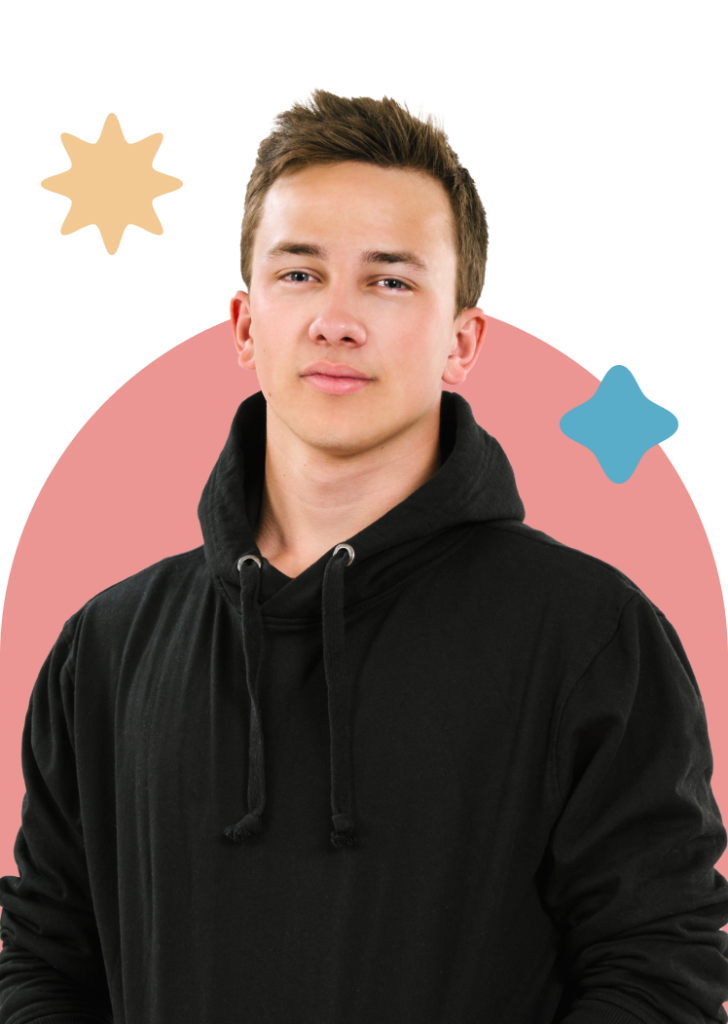About ADD/ADHD
Attention Deficit Hyperactivity Disorder (ADHD) is a chronic condition that affects millions of children and often persists into adulthood. ADHD includes a combination of problems, such as difficulty sustaining attention, hyperactivity and impulsive behavior. Children with ADHD also may struggle with low self-esteem, troubled relationships and poor performance in school. Symptoms sometimes lessen with age.
However, some people never completely outgrow their ADHD symptoms. But they can learn strategies to be successful. While treatment won’t cure ADHD, it can help a great deal with symptoms. Treatment typically involves medications and behavioral interventions. Early diagnosis and treatment can make a big difference in outcome. ADHD has been called Attention Deficit Disorder (ADD) in the past.
But ADHD is now the preferred term because it describes both of the primary features of this condition: inattention and hyperactive-impulsive behavior. In some children, signs of ADHD are noticeable as early as 2 or 3 years of age.
People with ADD/ADHD Tend to Experience:
Difficulty paying attention; Frequently daydreaming; Difficulty following through on instructions and apparently not listening; Frequently has problems organizing tasks or activities; Frequently forgetful and loses needed items, such as books, pencils or toys; Frequently fails to finish schoolwork, chores or other tasks; Easily distracted; Frequently fidgets or squirms; Difficulty remaining seated and seemly in constant motion; Excessively talkative; Frequently interrupts or intrudes on others’ conversations or games; Frequently has trouble waiting for his or her turn.

Additional Resources
Looking for more ways to help yourself or another? Take a look at the categories below to find a list of links to get you started in the right direction.

Find out how to talk to anyone about mental health.
Check out our Talk Tool for guidance.
